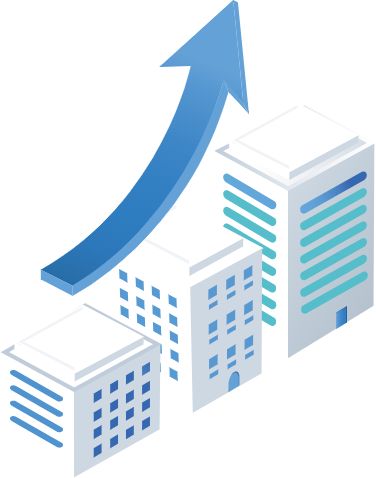🧠 What Does “Scalable” Really Mean?

In the tech world, people often talk about scalable systems — apps that can “scale easily” or “handle millions of users.” But what does scalable actually mean?
If you’re a developer aiming to build reliable, future-proof software, understanding scalability is essential.
⚙️ What Does “Scalable” Mean?
In simple terms, scalability means your system can handle growth — more users, more data, or more workload — without breaking, slowing down, or needing a full redesign.
Think of it like a coffee shop that starts with one barista. When more customers arrive, the shop can hire more staff and add extra espresso machines. It’s still the same business, just scaled up.
In software, a scalable system works the same way — it grows smoothly as demand increases.
🧩 Example Scenarios
Let’s look at a few real-world examples that show what scalability looks like in action:
- Web Traffic: Imagine your website suddenly gets a surge of visitors.
- A non-scalable system might rely on a single web server that crashes when traffic spikes.
- A scalable system would use multiple servers behind a load balancer so requests are distributed evenly and performance stays stable.
- Database Growth: As your data grows, a non-scalable setup might depend on one massive database that eventually becomes slow and difficult to maintain.
- A scalable approach would use database sharding or replication, spreading data across multiple machines while keeping access fast and reliable.
- App Design: In a non-scalable app, all features are tightly connected — if one feature breaks or needs updating, it can affect the entire system.
- A scalable design uses modular or microservice architecture, allowing each part of the system to evolve and expand independently.
🏗️ Two Main Types of Scaling
1. Vertical Scaling (Scaling Up)
This means adding more power to an existing machine.
- Example: upgrading your server’s CPU, memory (RAM), or storage.
- You’re still using the same server, just making it stronger.
🧠 Think: “Make one server stronger.”
2. Horizontal Scaling (Scaling Out)
This means adding more machines to share the workload.
- Example: running your app on multiple servers connected through a load balancer.
🧠 Think: “Add more servers to work together.”
📈 Why Scalability Matters
Scalability isn’t just about performance — it’s about sustainability and flexibility.
Here’s why it matters:
- 🚀 Handles Growth: Your app can smoothly support more users or traffic.
- 💸 Cost-Efficient: You can scale up or down as needed (especially in the cloud).
- 🧱 Future-Proof: No need for complete rebuilds when your project grows.
- 🕒 Better Uptime: Avoids crashes or slowdowns under high demand.
🌩️ Real-World Example: Laravel & AWS
Suppose you build a Laravel app hosted on AWS Elastic Beanstalk with a PostgreSQL database.
If the app starts handling thousands of users:
- You can scale horizontally by running multiple instances of the Laravel app across different servers.
- You can scale vertically by upgrading your database instance to one with more resources.
- You can also introduce caching layers (like Redis) and load balancers to maintain performance.
That’s a perfect example of a scalable Laravel setup.
✅ In Summary
Scalable means your system can grow in users, data, or workload — without losing performance or requiring a total redesign.
Building scalable systems ensures your software not only works today but also thrives tomorrow when success brings more users and challenges.
Comments (2)
great
greate post